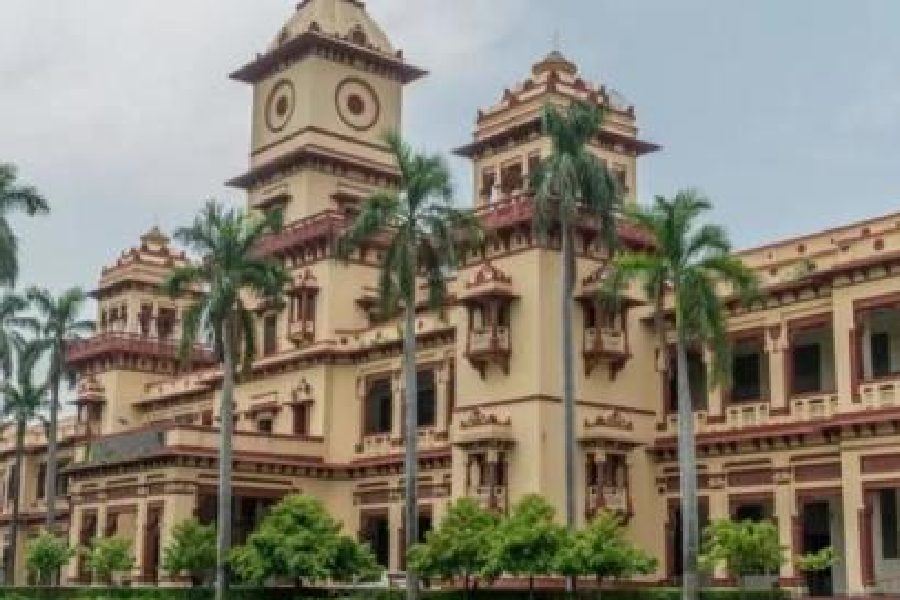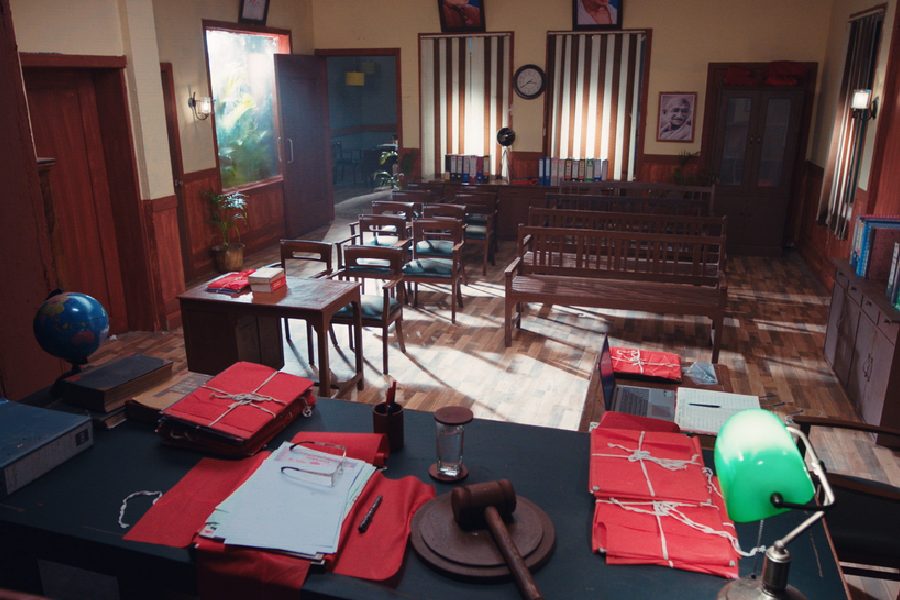Calcutta, Dec. 21 :
Calcutta, Dec. 21:
One of the oldest buildings in the city's central business district, it housed All India Radio on its roof, provided the perfect backdrop for Sankar's best-selling novel Kato Ajanare, sparked the 'flatbari' trend by dividing up rooms into chambers, and played host to hundreds of lawyers down the decades...
Steeped in history but drowned in disrepair, Temple Chambers, on Old Post Office Street, looks set to face the demolition squad very soon. The building, with around 450 law offices at present, has been declared 'condemned' by the Calcutta Municipal Corporation (CMC). So, instead of the four-storeyed Chambers being declared a heritage building and restored, it could well be the target of CMC bulldozers.
Over the past few days, the CMC has nailed several boards on the wall of Temple Chambers, declaring it 'dangerous' and 'condemned'. This has come as a 'shock' to the tenants in black. 'The building is old and ill-maintained. But such a distinguished building should be granted heritage status and restored, instead of being razed,' most lawyers said.
Temple Chambers is now under a court-appointed 'receiver', following litigation among members of the owner family. 'The building is old and unsafe and five minor fires have broken out over the past few years,' said the receiver, requesting anonymity.
The civic authorities argue that there has been 'no proper application' from either the owners or tenants on the heritage count. 'If there was an application, we would have definite looked into it,' said municipal architect and town planner Aninda Karforma.
Nearly 150 years old, Temple Chambers was the first address of All India Radio, functioning from the offices of Marconi Marine Wireless Company, before it shifted to nearby Garstin Place. Law firms like Victor Moses and Dutta and Sen were housed here. Swami Vivekananda is known to have frequented the building. Among those who had offices in the Chambers were Deshbandhu Chittaranjan Das, Rashbehari Ghosh and P.D. Himmatsingka.
'As far as I can remember, the building was named after Sir Richard Temple, a renowned legal personality during the Raj,' said author Shankar. 'Ritwik Ghatak had started to film Kato Ajanare, but could not complete it.'
But former judge Bhagabati Prasad Banerjee said: 'I have heard that at a function during the Raj, an English lawyer had described the building as the Temple of Justice. The name stuck.'
 Friday, 25 July 2025
Friday, 25 July 2025









